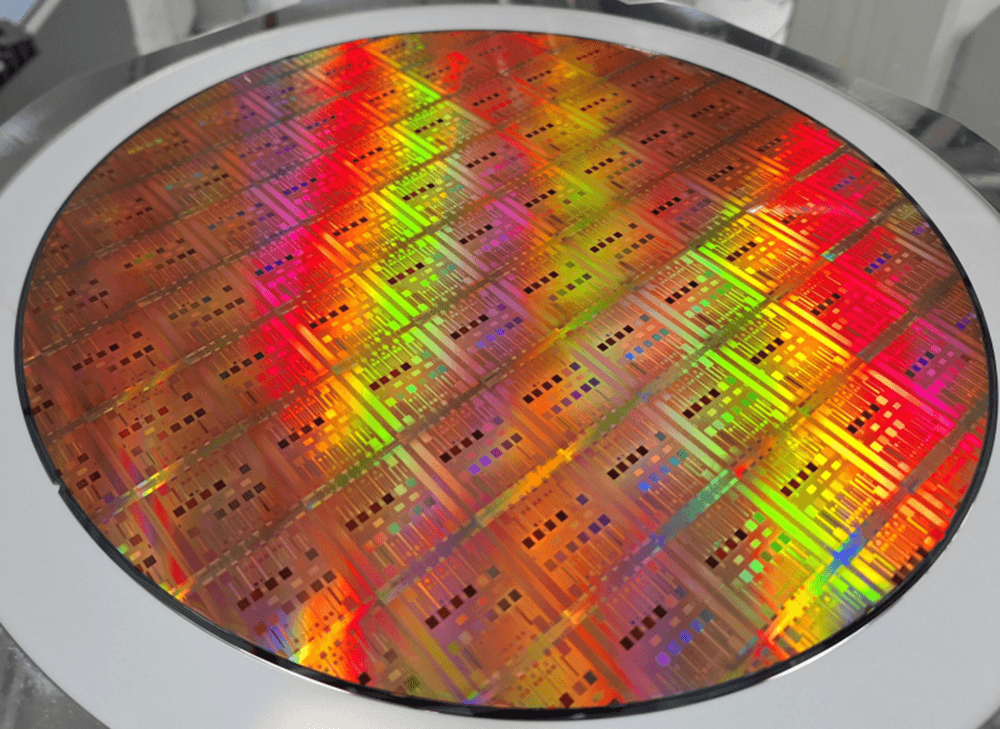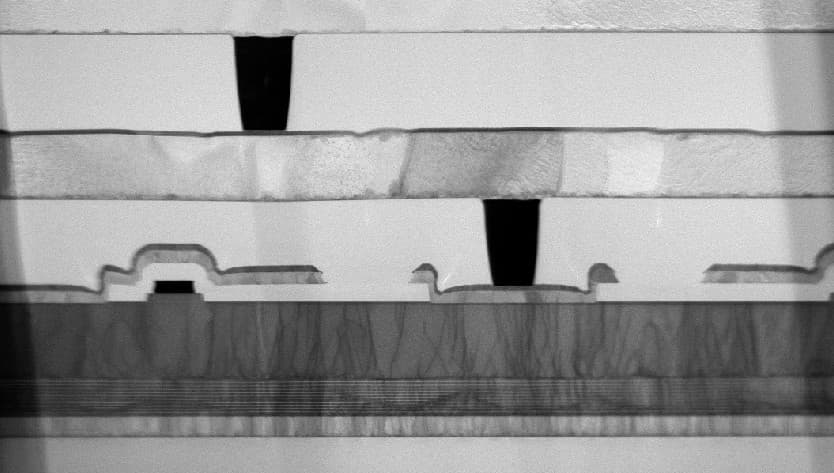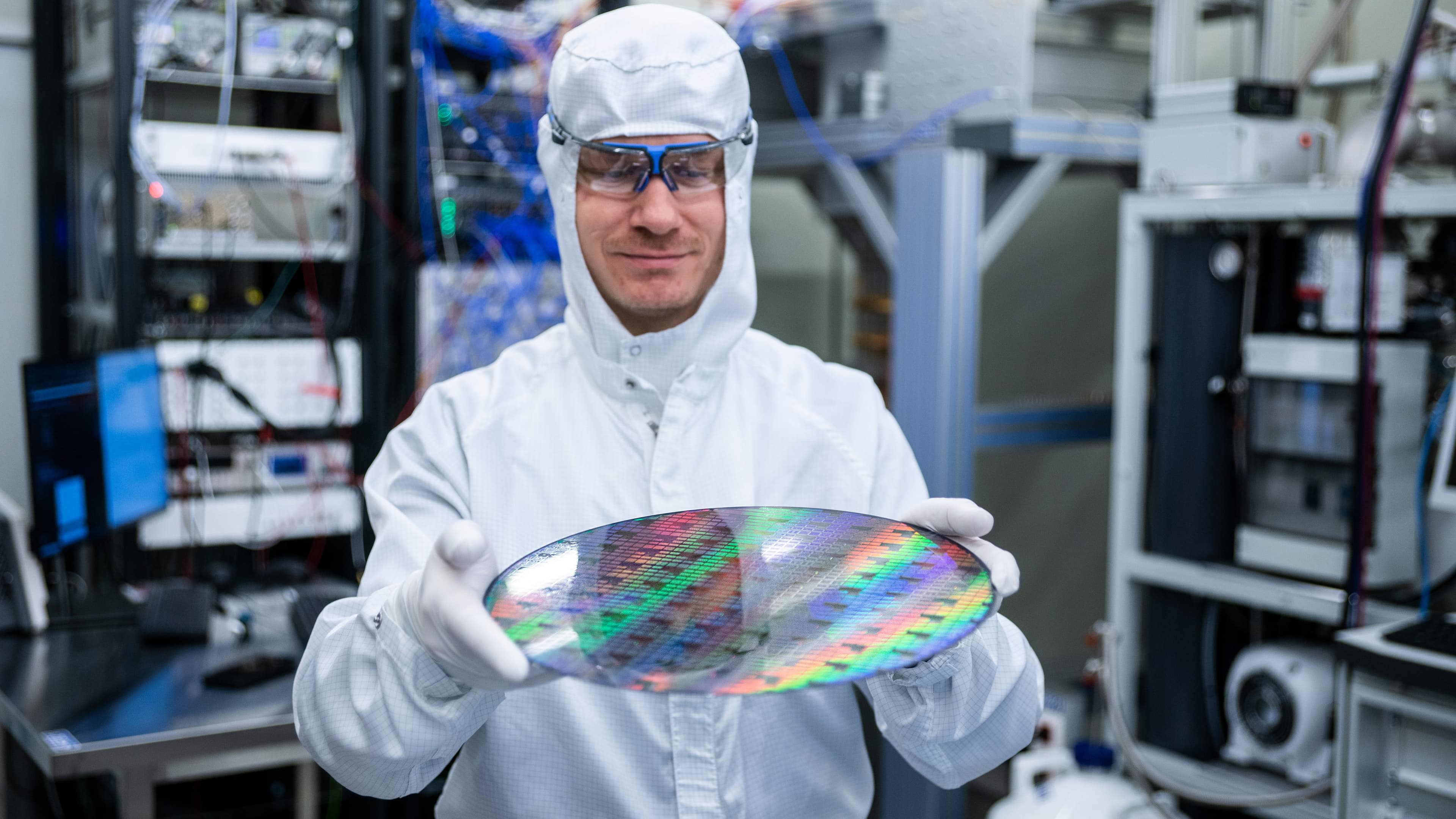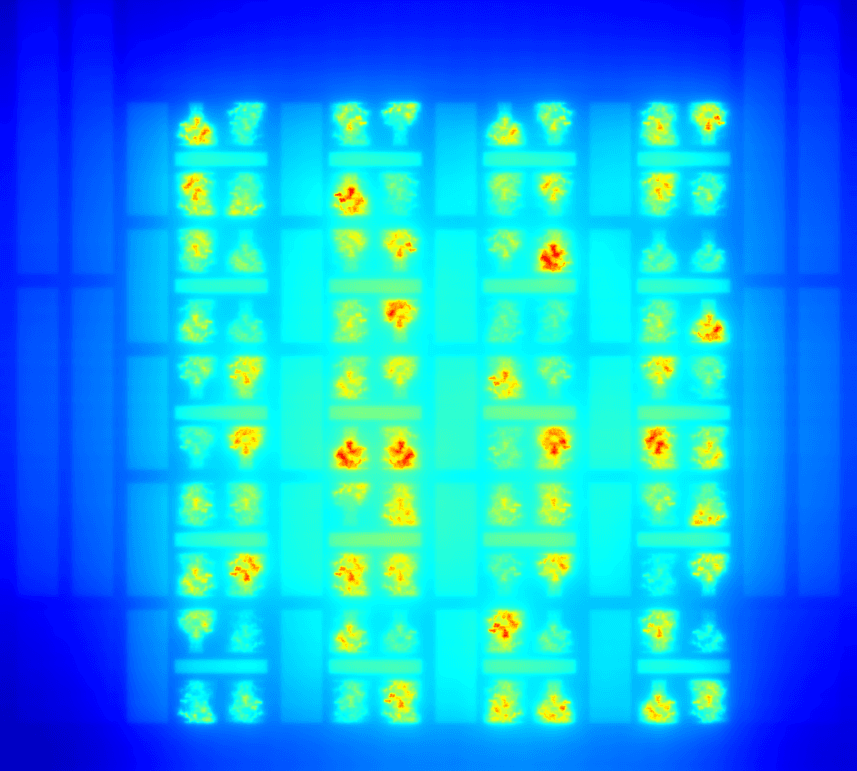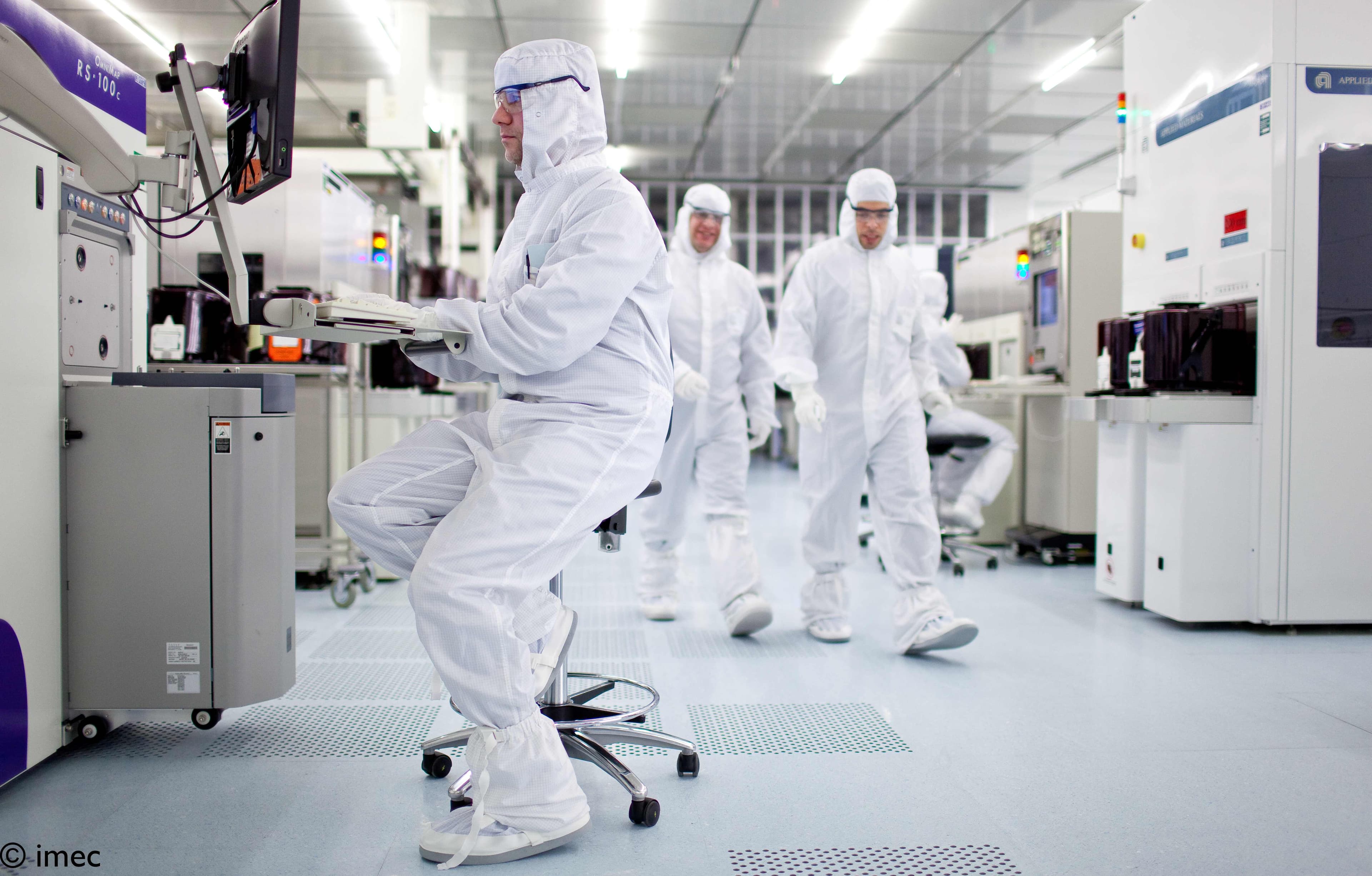
The strength of concrete is a major uncertainty during and after construction projects. The hardening process of the concrete is currently only roughly estimated. This has a big impact on cost efficiency when overestimated. When underestimated, the consequences could involve casualties. And preventive monitoring of the long-term degradation currently requires expensive destructive intervention. The goal of the CoMMoDore is to develop an automated wireless hardening monitoring solution and a non-invasive degradation monitoring solution based on concrete-embedded temperature and conductivity sensors.
Inaccuracy of strength monitoring is costly and dangerous
Concrete maturity during curing is often overestimated due to a lack of accurate measurements. Overestimation leads to a slowdown of the building process and suboptimal allocation of material (e.g. scaffolding), with potentially significant economic impacts. Underestimation, on the other hand, could be catastrophic. The building can subside or collapse, incurring high costs and possibly casualties. A related problem is monitoring concrete degradation in the long term (rebar corrosion caused by water and chloride penetration can lead to cracks and degradation). Both preventive maintenance and reactive intervention are costly and inefficient.
Current methods are unreliable or impractical
In practice, maturity models based on concrete temperature changes are the measurement method of choice. These models are inaccurate, as factors like concrete mixing and weather can impact the temperature. The electrical conductivity of the concrete could be a valuable additional source of information, but measuring this is expensive and often impractical. The challenge is to develop a solution that is cheap, accurate, automated and noninvasive.
Using a wireless, IoT-based system for monitoring
The CoMMoDore consortium will address three key challenges: optimizing sensors for use within concrete, enabling a fully wireless communication through concrete and accurately modeling concrete strength based on sensor data. The CoMMoDore project will explore two variants of a next-generation wireless IoT-based system relying on concrete-embedded temperature and electrical conductivity sensors. Main project innovations include:
- sensor material optimization;
- development of an in-concrete fully wireless sensor module supporting long-range communication with a backend system;
- advanced AI-driven multisensory concrete strength and degradation estimation models;
- hybrid data-driven framework to analyze both multi-sensor and static data;
- impact analysis and guidelines for the regulatory and accreditation processes in the construction industry .
New insights on concrete curing models
Accurate automated monitoring is expected to improve planning efficiency and cost efficiency during construction. CoMMoDore will also bring new insights to concrete hardening models, wireless channels, long-term sensor performance and suitability of using temperature and electrical conductivity for concrete strength estimation. Moreover, these innovations will entail hardware (e.g. antennas and in-concrete sensors) and software (AI-based estimation models) design.
“Using fully automated in-concrete sensors using both temperature and electrical conductivity, the CoMMoDore project will develop AI-based estimation models to drastically improve the accuracy and cost efficiency of concrete strength monitoring.
video
CoMMoDore
An AI-driven wireless sensor solution for monitoring the curing and degradation process of concrete
CoMMoDore is an imec.icon research project funded by imec and Agentschap innoveren & ondernemen.
It started on 01.01.2021 and is set to run until 31.12.2022.
Project information
Industry
- Yazzoom
- Seco Belgium
- Unitron
- Willemen Groep
Research
- imec - WAVES - Ugent
- KU Leuven - CiTiP
- Stichting imec Nederland
- UGent - DBm
Contact
- Project lead: Jan Bogaert
- Research lead: David Plets
- Proposal Manager: David Plets
- Innovation manager: Eric Moons






